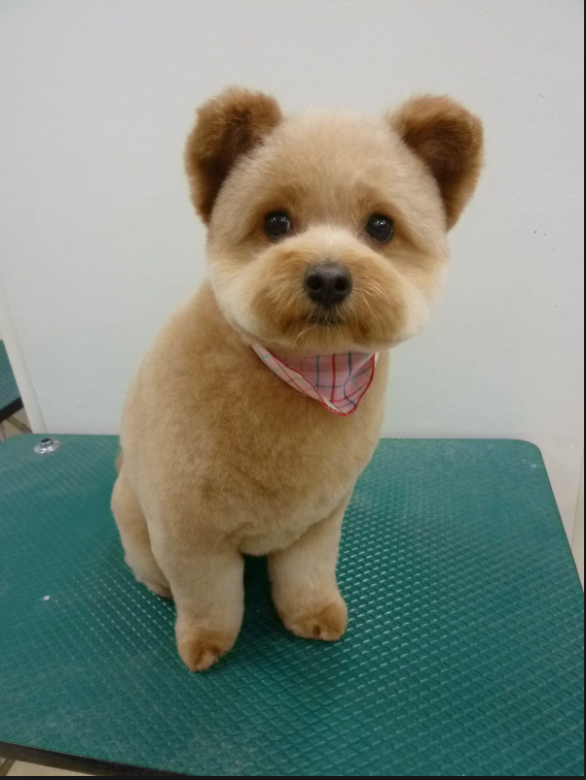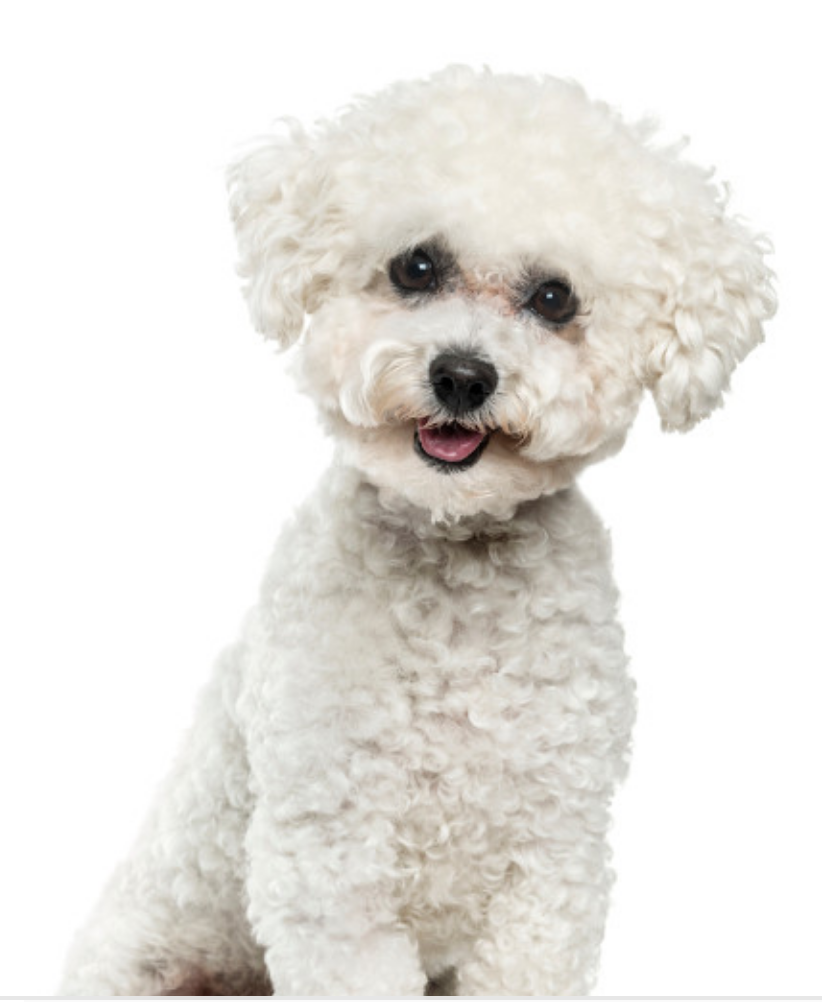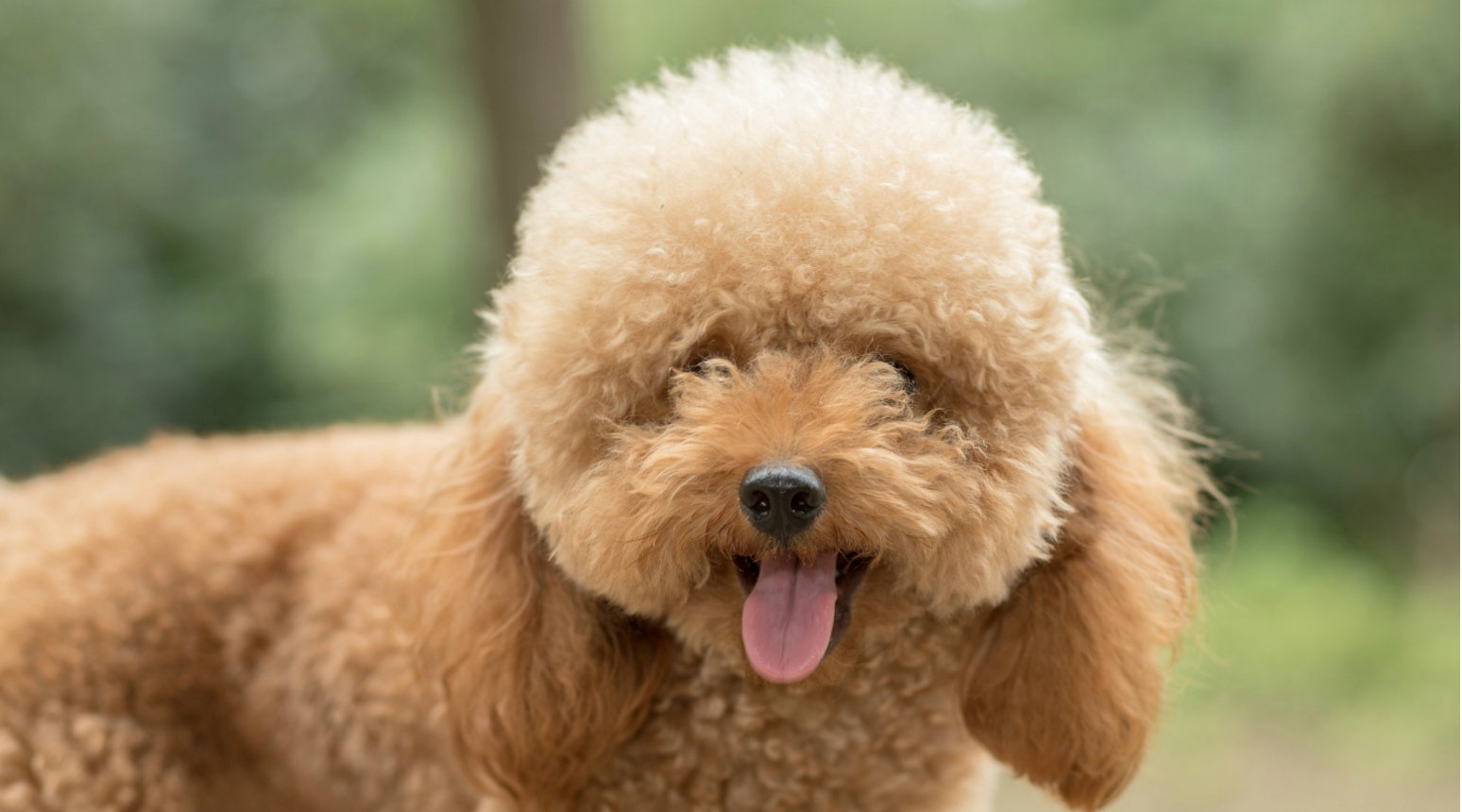Curious About CBD Oil for Your Dog?
Introducing our new Product! CBD Oil for Pets!
We’re excited to now offer Pet CBD Oil. This third party tested and verified CBD isolate oil for pets is great for relieving anxiety and pain prior to travel, grooming or for everyday use for your pets aches and pains. It’s THC free and comes in a 1 oz bottle. You can order it online and we’ll ship it to you
Treat Your Dog's Joint Pain and Anxiety Naturally with CBD Oil!
Want to “weed” out man-made pharmaceuticals to help relieve some of your pup’s ongoing health problems? You’re not alone. More and more pet parents are turning to an all-natural alternative, Cannabidiol oil (better known as CBD oil), made from the hemp plant.
Studies have shown that CBD oil and other CBD products are beneficial for several human health issues, including anxiety, pain, seizures and neurological disorders. But is CBD effective and safe for dogs?
Article Overview
What Is CBD Oil?
Cannabidiol (CBD) is extracted from the flowers and buds of cannabis (marijuana or hemp plants). CBD, however, doesn’t produce the “high” associated with marijuana because it doesn’t contain the chemical tetrahydrocannabinol (THC).
For further clarification, hemp and marijuana both come from the cannabis plant but contain different levels of THC. Marijuana can contain as much as 30% THC while the hemp plant has a max of only 0.3% THC. So, while marijuana-derived CBD oil is still illegal in most states, the hemp-derived oil is legal in all 50 U.S. states.
Human use of CBD oil is growing in popularity, especially in states where medicinal and recreational marijuana use is legal. But can you give CBD oil to dogs? Is it safe for our canine friends and other pets?
Many vets recommend CBD oil for dogs, even as veterinary scientific research into this new treatment is in its infancy. Studies in humans, however, show that cannabinoids have anti-inflammatory effects and can help with anxiety, aggression, pain, seizures, muscle spasms and neurological disorders.
CBD Oil vs Hemp Oil: What’s The Difference?
Many people think CBD oil and hemp oil are essentially the same, but they’re not.
CBD Oil
CBD is an active cannabinoid compound that comes from the leaves, flowers, and sometimes stems of mature cannabis plants. It’s this compound that provides the medical and therapeutic benefits you get from CBD oil (see below).
Hemp Oil
In contrast, hemp oils are made from cannabis seeds, which contain little to no amounts of CBD (or THC, for that matter). While hemp seeds don’t share the same therapeutic characteristics as CBD, hemp oils have their own unique nutritional benefits. Many pet owners use hemp oil as a nutritional supplement because it’s vitamin and mineral-rich.
How Can CBD Oil Help My Dog?
Like humans, dogs and cats have an endocannabinoid system that allows them to benefit from CBD oil. This system allows the active ingredients in hemp to help relieve many symptoms. Learn more about the endocannabinoid system in dogs.
CBD drops for dogs or CBD dog treats can ease several conditions your pup may suffer from either occasionally or chronically, including:
Anxiety and stress
Moderate to severe pain
Chronic inflammation
Joint pain
Digestion problems
Expert’s Take On CBD’s Effectiveness For Dogs
Dr. Erin Chu, a veterinary geneticist at Embark Veterinary, weighs in on how CBD can help dogs.
Veterinary scientists have demonstrated that CBD oil can be effective in pain management for osteoarthritis (Source: Gamble et al, 2018) and are actively exploring its use for intractable epilepsy (Source: McGrath et al, 2019). While CBD is very commonly recommended (or inquired about) for anxiety, there is no formal research as of yet that demonstrates its efficacy.
Source: https://www.caninejournal.com/cbd-oil-for-dogs/
Happy Pets this Holiday Season
The holiday season is upon us, and many pet parents plan to include their furry companions in the festivities. As you gear up for the holidays, it is important to try to keep your pet's eating, grooming and exercise habits as close to their normal routine as possible. Also, be sure to steer pets clear of the following unhealthy treats, toxic plants and dangerous decorations!
Foods You Shouldn't Feed Your Dog During the Holidays
Everything you Need to Know About Dog Shedding
Unless you own a hairless breed, your dog sheds. Some breeds, like Poodles, shed very little, while others, like Siberian Huskies, shed a great deal. Shedding is a normal function that helps animals get rid of their old winter or summer coat and grow in a new, seasonally appropriate one.
THE HAIR LIFE CYCLE
Every hair on your dog’s body has its own “life cycle” preprogrammed into it: the anagen phase, when the hair is actively growing; the catagen phase, when hair has stopped growing and just stays there; and the telegen phase, when hair falls out, to be replaced by new hair. This results in one kind of shedding: When the hair reaches its predestined length, it falls out. But when it all happens at once in the undercoat, that’s known as The Shed.
Most of what is shed is the thick, protective undercoat. Some breeds, like Siberian Huskies, “blow their coat” twice yearly, encouraging their owners to take vacations at this time and leave their dogs with a pet sitter.
When dogs lived outside all year, profuse shedding was restricted to spring and fall, but today’s indoor dogs may shed moderately all year. However, dogs who suffer from allergies, poor diet, or stress may shed more heavily than is considered usual for their breed. Most shedding is normal, but unusual shedding patterns can warrant a trip to the vet: hair loss in patches, symmetrical hair loss on certain parts of the body, hair loss accompanied by another skin problem, and so on.
HOW TO MINIMIZE SHEDDING
There is no way to stop a dog from shedding, but you can improve matters by reducing the amount of loose hair flying around the house.
Brush Every Day
The most important step you can take is to brush your dog every single day. This not only gets rid of loose dead hair but also brushes the oils through the living hair to make it softer and sleeker. That healthy hair is more likely to stay attached to your dog’s body and off the furniture.
It’s vital to use the correct brush. A brush that that removes dead hair from the undercoat without damaging the outercoat is ideal. Dogs who shed heavily also benefit from regular brushing, shedding blades, grooming gloves, and mat removers. If your dog is shorthaired, a brisk going-over with a curry comb will do wonders. The best time to bring out the heavy equipment for longhaired breeds is late winter and mid-fall, just before the new coat starts growing in.
Bathe Frequently
Bathe your dog frequently using a specially formulated shampoos for de-shedding. We use an all natural de-shedding shampoo that is gentle , effective and safe for puppies and kittens. We recommend regular grooming for a happy shedding season.
Feed a Healthy Diet
Another thing you can do is feed your dog an appropriate diet with adequate fatty acids and digestible protein. The best dog foods are entirely grain-free. Dogs with food allergies are highly prone to diet-related shedding. You may also wish to add a little olive oil or flaxseed oil, which contains fatty acids essential to your dog’s health. Don’t forget to offer your dog plenty of fresh cool water, especially if his primary diet is a dry kibble. Dehydration is a main cause of shedding of healthy hair.
Control Pests on Your Pet
Control pests on your pet, which can make him scratch. When dogs scratch the skin becomes irritated. Irritated skin increases shedding.
Seven Common Dog Cuts
The dog salon (especially our mobile dog salon), is a nurturing place where your best friend can unwind after a long day of chasing squirrels. For all of his love and affection, treat him to a haircut every so often to keep his mane healthy!
Now, your dog’s looks aren’t all up to the groomer – you can have your say too! A good groomer will give you sound advice on the best haircut options. And there certainly are some standard cuts for different breeds. So if you have a certain style in mind, ask your groomer if it’s a good choice for your dog!
These common dog haircuts will give you some great ideas for your best friend’s next trip to the spa!
Teddy Bear Cut
It looks how it sounds – your pal will emerge like a fierce bear cub! Well…he’ll be as cute as one at least!
The Teddy Bear Cut keeps more hair around the dog’s face than his body. You don’t have to go too short with this cut. Go with whichever length is best for your dog! If he doesn’t like going to the groomer, a shorter cut will give him a longer break.
Poodle Cut
Literally, just picture a poodle.
Although it’s a little more technical than that, the Poodle Cut is pretty common for furry dogs. It keeps really short fur along the dog’s body, with more left on the top of the head and around his neck (kind of like a mane).
This cut looks best on poodles (or maybe we’re just used to it?) but can work for any dog with lots of fluffy fur!
Lamb Cut
If Mary had a little lamb, why can’t you? This cut is perfect for curly-haired dogs and is adorable on puppies!
Especially in the summer months, your pup will be happy to shed some of that luscious fur. The Lamb Cut is a shorter style around the body, with more fur left on the legs. It looks great on plenty of dog breeds, so if the temperature’s rising consider this one to keep your pal cool!
The Lamb Cut works for dogs who enjoy the snow as well. It keeps their legs and paws warm during the cold winter months. A versatile cut for any dog!
Shaved
Okay, this might be a variation on a shave but it’s a great look!
Shaving a dog can be a difficult choice, and it’s usually saved for when it becomes a necessity rather than a preference.
Sometimes if dogs are extremely matted (to the point of pain and discomfort), groomers will have no choice but to shave off their coat.
Likewise, vets might shave small areas for procedures or to heal patches of irritated skin. That being said, rely on your vet’s or groomer’s opinion on whether shaving your dog is a wise choice.
Always remember to be specific about length to avoid a too-short shave on your dog.
Kennel Cut
All one length – everywhere. This cut is usually a shorter length, but the final length is always up to you, the owner!
The Kennel Cut is an easy cut for a busy owner. The short styled fur is ideal for less grooming time and a low-maintenance coat on your dog. A kennel cut will look a bit different on each dog, of course but it’s an easy, low maintenance option.
Topknot
Man-buns are all the rage right now, but dogs have been sporting this trend for much longer!
With the Topknot, you don’t actually make a bun on your dog’s head. And most dogs probably wouldn’t enjoy that!
Just create a furry poof on the very top of the dog’s head. Keep the edges as clean and round as possible! We’re going for sophistication with this style (think show poodle) rather than clown-like.
Clean Face
Style a dog’s fur to show more of his beautiful face! This cut leaves some fur on his head to keep him warm, but gives room around his mouth and nose.
Creating a clean-cut look on your dog’s face is good if he likes to sniff anything and everything. It’ll be easier for you to keep him clean!
Dogs’ fur can be maintained quite easily, and it goes a long way in keeping your pup happy and healthy! Prevent your dog’s coat from becoming matted or dirty by taking him for a trim when his coat looks a little long.
A helpful hint: listen to your groomer and trust their opinion when it comes to styling your dog’s fur – they possess the experience and training to make an educated choice for what each dog needs. Whether it’s the lifestyle or breed, there’s certain haircuts that will suit your pup better than others will.
After all, you just want to make sure your dog is comfortable in his own skin!
(original posts from https://www.doggroomingcourse.com/2016/11/7-common-dog-haircuts-styles/ and https://www.playbarkrun.com/dog-grooming-styles-and-trims/)










